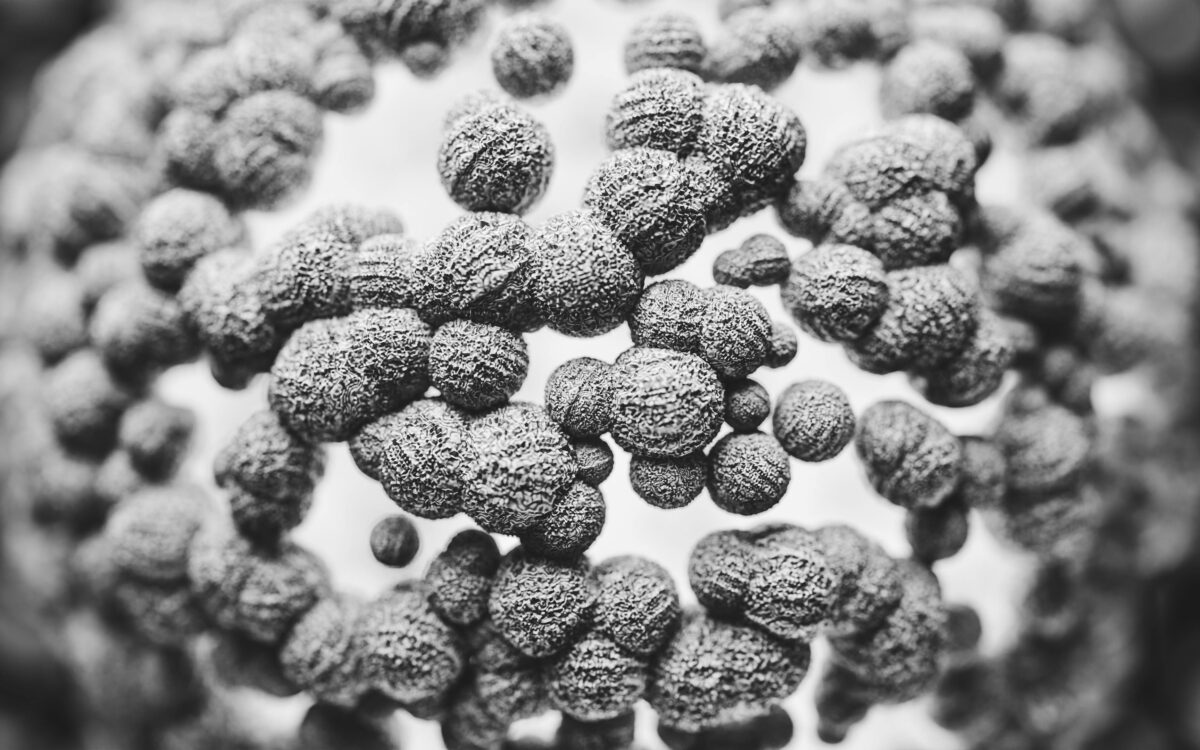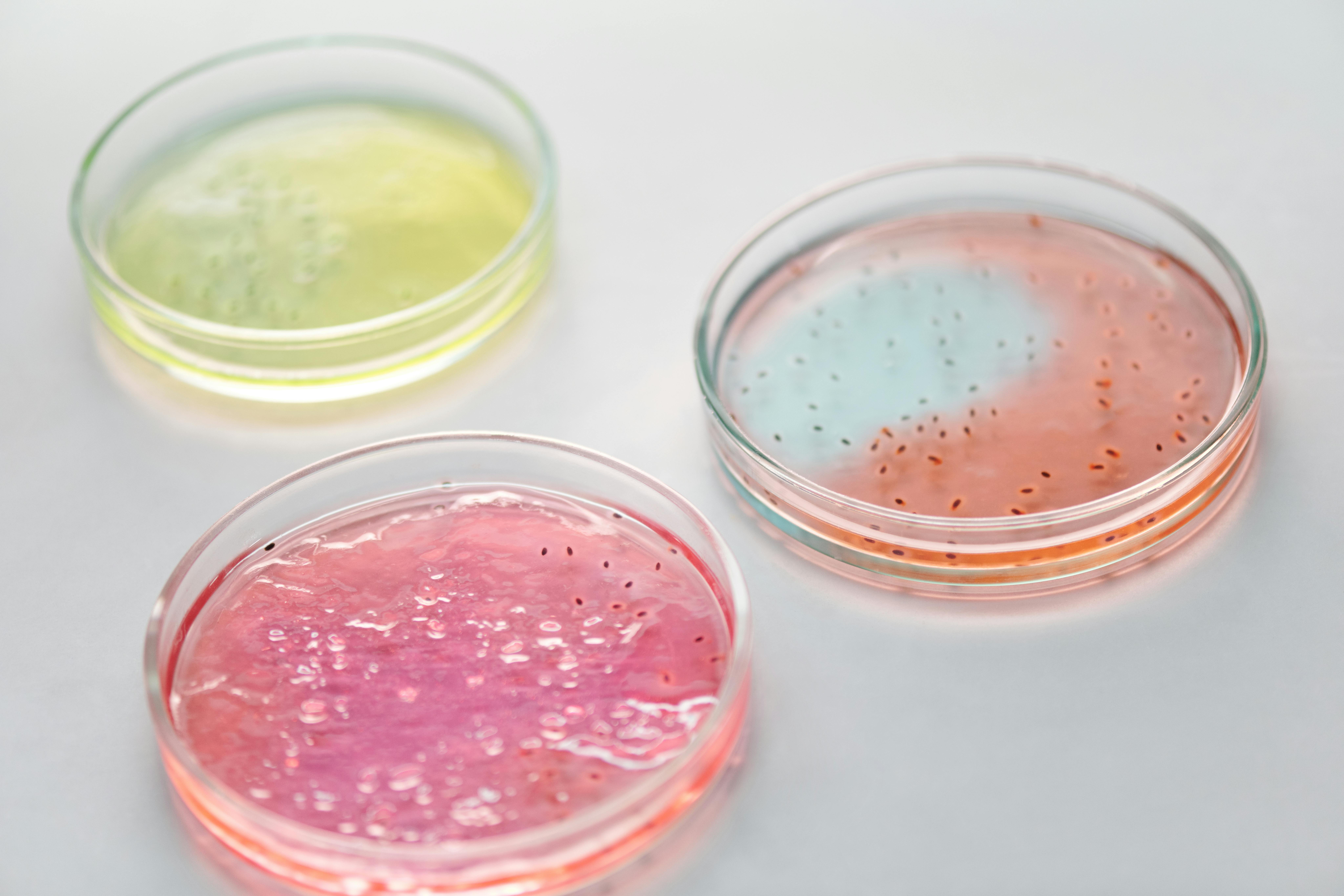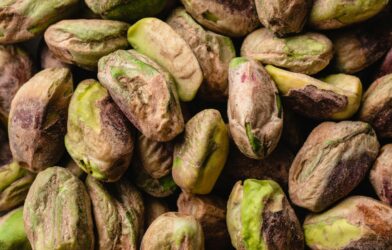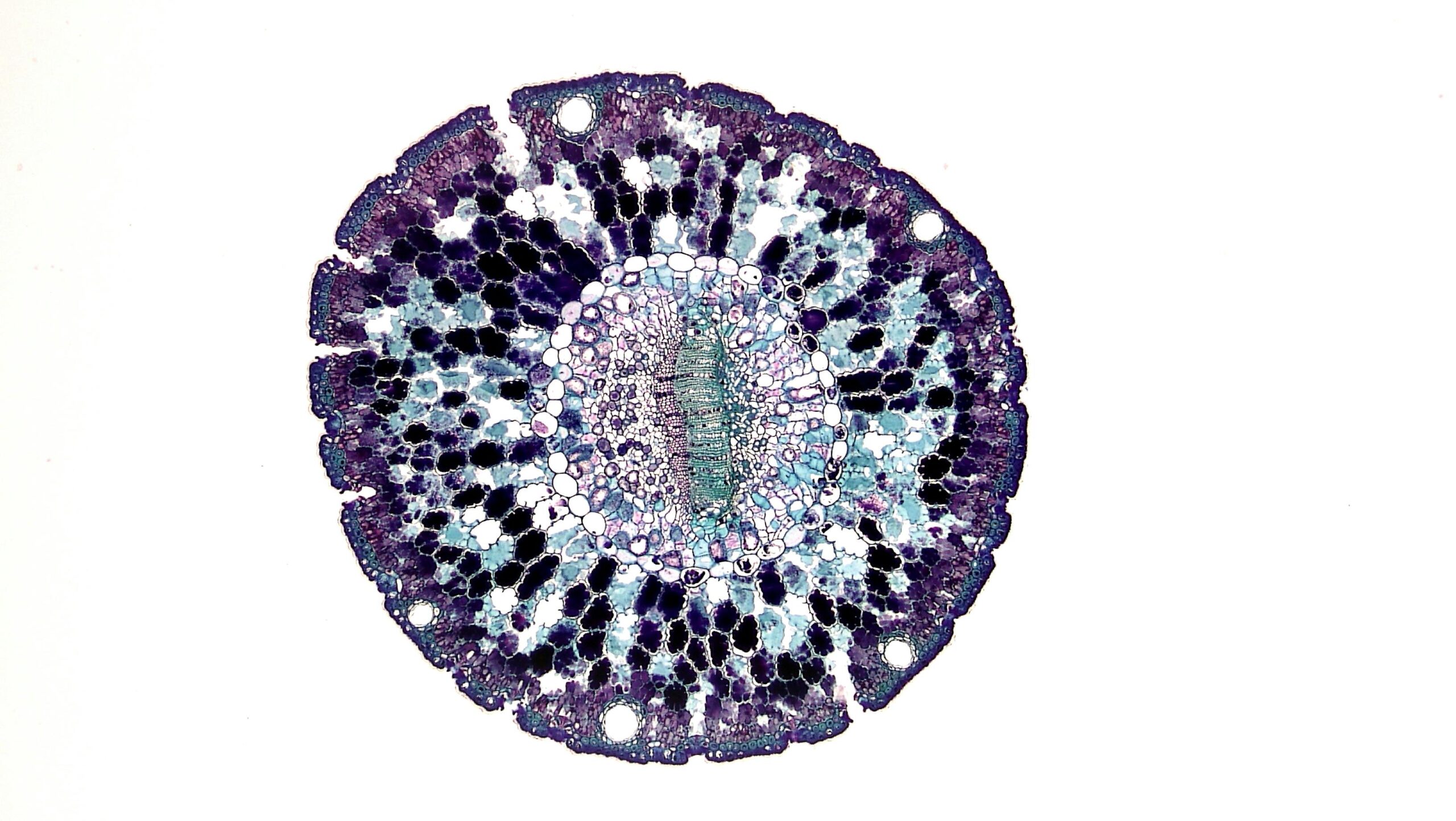When we think of a top athlete, we usually picture years of hard training and discipline. What we rarely consider is what’s going on inside them, specifically in their gut. It sounds strange, but what if the key to a professional athlete’s future success was decided in the first few weeks of their life by the microscopic world living inside their intestines?
A new study from the University of Surrey suggests exactly that. Researchers discovered that the gut bacterial community of Thoroughbred racehorse foals at just one month old can predict their future health and athletic performance. This was no small observation; it was a three-year study that tracked these animals from birth to adulthood. What the scientists found was stunning: foals with less diversity in their gut bacteria were significantly more likely to get sick and less likely to win on the racetrack.
This discovery holds profound implications for all athletes, not just racehorses. It opens the door to a future where a simple stool sample from a newborn could offer a window into their long-term potential, changing the way we think about the very foundation of athletic greatness. For anyone who’s ever wanted to improve their own health or that of their child, the findings are an eye-opener. It demonstrates that the gut, often viewed as a mere digestive organ, is actually a powerful predictor of what’s to come.
The Study’s Methodology
To uncover this remarkable link, a research team led by Professor Chris Proudman took on the challenging task of following 52 Thoroughbred foals, the future stars of the flat-racing world. The foals were born on five different stud farms in the United Kingdom. Researchers were careful to select foals born naturally, and whose mothers had not received antibiotics during the three months before birth. This was crucial to ensure the gut bacteria hadn’t been tampered with from the very start.
The real heavy lifting of the study involved collecting and analyzing hundreds of fecal samples. They took a total of 438 samples from the foals over their first year of life. To get a sense of the gut’s microscopic inhabitants, the scientists analyzed the samples using a technology called 16S rRNA gene sequencing. This method is like using a unique ID badge for bacteria, allowing researchers to identify and count the different types of bacteria in each sample. This gave them a snapshot of the gut community’s diversity and composition.
To find a connection between the gut and performance, they needed to track the horses’ lives in detail. For each foal, the team meticulously recorded health issues—from respiratory problems to soft-tissue and orthopedic injuries—from birth until they were three years old. To measure athletic performance, the researchers didn’t just look at wins. They tracked several metrics, including finishing positions, total prize money earned, and a subjective “Official Rating” (OR), which is a rating assigned by a racing authority to indicate a horse’s performance. The data was acquired for every horserace they participated in until they were three years of age.
The Gut’s Influence on Health and Performance
The study’s results were clear. The first major finding was that the gut bacterial communities of the foals matured over time, becoming more diverse. While the gut was dominated by a handful of bacterial families in the first few days of life, a greater variety of bacteria appeared as the foals grew.
A powerful finding was the direct link between a diverse early-life gut and a reduced risk of disease. Foals with less bacterial diversity in their feces at one month old had a significantly increased risk of developing respiratory disease later in life. The findings were consistent across all measures the researchers used.
The second major takeaway was the connection to athletic performance. Researchers found that a horse’s future success on the racetrack was directly associated with a high bacterial diversity at one month old. They even identified specific bacterial families that seemed to correlate with better performance. For instance, a higher abundance of the bacterium Anaeroplasmataceae was associated with a higher Official Rating, while increased levels of Bacillaceae at 28 days old were linked to better race placings.
The study also brought to light a significant concern regarding antibiotics. The team found that foals that received antibiotic treatment during their first month of life had a significantly lower bacterial diversity at 28 days old. These foals ended up with a significantly increased risk of respiratory disease and earned significantly less prize money on average than their peers who did not receive the treatment. This finding provides strong evidence that a disruption to the gut ecosystem early in life can have a lasting, negative effect on both health and athletic potential.
A New Perspective on Human Health
This research marks a significant step forward in understanding the complex relationship between the gut, health, and athletic performance. While this study was conducted on horses, the authors note that the findings “have implications for athletes of all species including humans”. It reinforces the idea that the gut is a central command center for the body, not just a processing plant for food, and that what happens in the first few weeks of life can have a profound and enduring impact. For anyone seeking to maximize their potential—or the potential of their child—the message is clear: a healthy life starts with a healthy gut.
Paper Summary
Methodology
Researchers conducted a three-year study with 52 Thoroughbred foals to investigate the relationship between their early-life gut bacteria and later health and athletic performance. They collected 438 fecal samples over the foals’ first year and used 16S rRNA gene sequencing to identify the types of bacteria present. They also tracked the foals’ health and racing performance until they were three years old.
Results
The study found that foals with a higher diversity of gut bacteria at one month old had a lower risk of respiratory disease and better athletic performance. Foals that received antibiotics during their first month had lower bacterial diversity, which was associated with an increased risk of respiratory disease and significantly less prize money earned.
Limitations
The study’s findings are based on a specific breed of horse (Thoroughbreds) in the United Kingdom, which may limit how broadly the results can be applied. The health data was also collected through weekly updates, which could be subject to reporting bias.
Funding and Disclosures
The research was funded by the Alborada Trust. The authors of the paper stated they have no competing interests.
Publication Information
Paper Title: Early-life gut bacterial community structure predicts disease risk and athletic performance in horses bred for racing. Authors: J. Leng et al. Journal: Scientific Reports. DOI: 10.1038/s41598-024-64657-6












